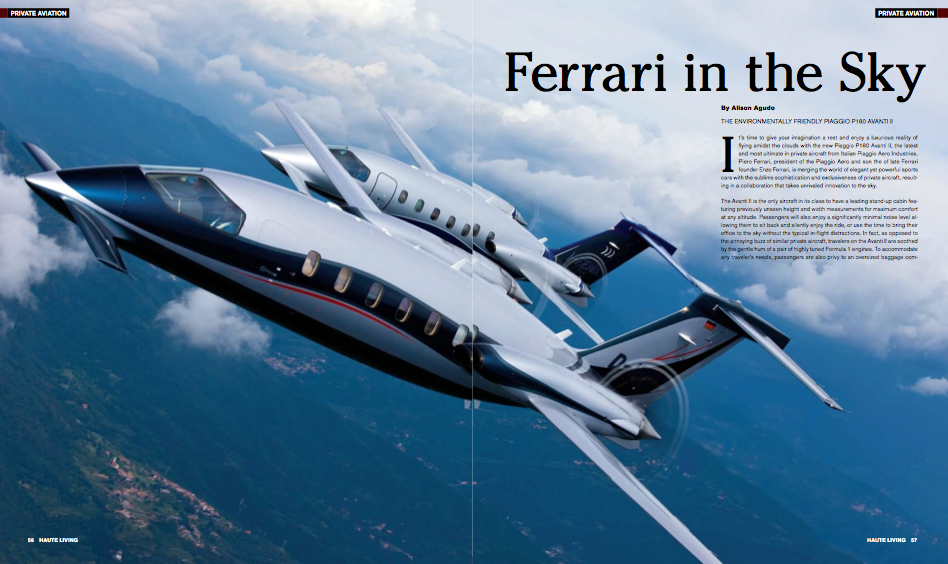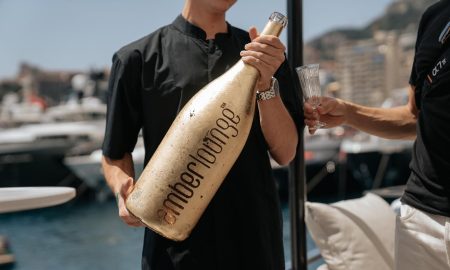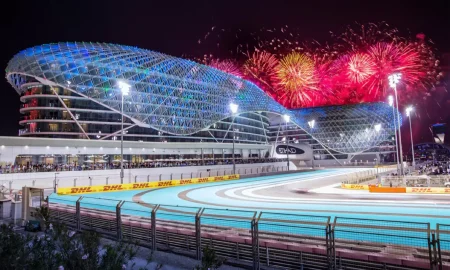The sun dapples rows of grapevines, a rooster crows, and a dog chases a butterfly in the fields as we savor a glass of rosé. Although other areas in France get the majority of gastronomic tourists, the Languedoc-Roussillon region is rich in wine, food, breathtaking scenery, and history.
Stretching west from Provence to the Spanish border, with the Pyrenees and the Mediterranean as a backdrop, the Languedoc-Roussillon is France’s second largest producer of Appellation d’Origine Contrôlée (A.O.C.) wines. With almost two billion bottles packaged annually, it’s long been synonymous with quantity rather than quality. But in recent years, many small producers have upped the ante and can compete with the best from Alsace, Provence, and the Loire. From Château Ollieux Romanis to Château Valmy, wine lovers enjoy affordable rosés, syrahs, and mourvèdre-carignan blends that are worlds apart from previous vintages. Many wineries large and small welcome visitors, and group and private tastings can be arranged. Ollieux Romanis is a charming family-run, organic winery in tiny Montséret. Don’t hesitate to try a glass of the Corbières Rouge Classique Chateau Ollieux Romanis. A blend of four grapes, the wine is round and rich with a unique spiciness.
One should never drink wine on an empty stomach, and France is known for its cuisine as much as its wine. The Languedoc doesn’t disappoint. In towns such as Narbonne and Fontjoncouse, you’ll get a more Provencal-style cuisine. In Collioure and Perpignan, both villages near the Spanish border, you’re more likely to find French-styled paella and sangria than traditional heavy-sauced dishes. A visit to Auberge du Vieux Puits in Fontoncouse is sure to get you drooling. This small hotel houses a Michelin two-starred restaurant. With a large selection of delicious bites, you’ll be hard-pressed to choose just one of Chef Gilles Coujon’s dishes. Try the pigeon or the eel pie—yes, eel pie. It’s a delicacy that many locals seem to enjoy (but no, I didn’t try it).
The medieval walled city of Carcassonne, a UNESCO World Heritage Site and one of France’s most popular tourist destinations, offers a plethora of restaurants from over-priced tourist traps to Michelin-starred culinary heavens. After taking a tour of the majestic walled city, with its many ramparts, basilicas, gardens and breathtaking views, walk outside the gates and have a meal at Le Parc Franck Putelat. Chef Putelat works his magic, from the most amazing amuse bouche I have ever had, to tangy and delicious Gillardeau oysters, to citrus-flavored, line-caught bass with shellfish and algae. Don’t rush your meal. The region can wait but Putelat’s dynamic cuisine can’t.
Many of the area hotels are small properties in village centers or manses at wineries. If you want to save money, a stay at the rustic Chateau L’Hospitalet or Chateau Sabine might be in order. Rooms may be spartan, with only one queen-sized bed and dresser, but they are clean and homey, and both properties include breakfast in the price. For luxury lovers, two properties in the region stand out. Battling throngs of tourists in Carcassonne may not be fun, but the 61-room Hôtel de la Cité affords guests a respite from the cacophony. Beds are large and inviting, and the classical French furniture makes one feel as if he or she is back in a more refined time. Cité’s expansive villa affords true decadence, with two suites and a deluxe room for a large party. All rooms and suites provide amazing views inside the walls of the 13th-century Cathar citadel. Stroll through the private gardens or admire the hotel’s many stained-glass windows.
If you’ve dreamed of staying in a fairytale castle, the Viggo Dorph Peterson-designed Château Valmy in quaint Argèles sur Mer may fulfill that desire. A working winery, the century-old Chateau looks like the Disney castle and is home to the Carbonnell family. While the Carbonnells reside year-round at the estate, they open their home to guests. Five bedrooms on the top two floors are let from April through November. Views take in the many acres of grapevines as well as the gardens, pool and hammock. A private elevator transports guests to the modern rooms, each with its own spacious marble bathroom. Large, comfortable beds dominate the sleeping areas but your eye is drawn to the pops of color spread throughout the suites. The peaceful environs dispel any stress you may have brought with you to France.
Although wine and food may lure you to the Languedoc, don’t forget to visit the many historical sites in the region. Lovingly called le pays du Cathar (or Cathar country), much of the region showcases monuments, abbeys and fortresses used by the Gnostic sect who were persecuted as heretics during the French Inquisition in the 13th century. No Cathars remain today but their history lives on in such places as the Abbaye de Fontfroide. Located near Narbonne in the Aude department, the 11th-century Cistercian monastery was founded by Saint Bernard and is kept in pristine condition. Stroll through the layman’s refectory to the cloisters to the monks’ dorm and end at the abbey church. Take a moment to admire the impressive stained-glass windows. On a sunny day, sit on a bench in the rose garden. Roses of every variety and size are lovingly displayed but you’ll also spy fields of lavender, jennet, and honeysuckle. The nearby village of Lagrasse features a Benedictine abbey. Built from the 11th to the 18th century, the abbey dominates the tiny village and offers a pleasing respite from all the driving you’ll do in the region.
Fishing villages dominate the Mediterranean and the picturesque village of Collioure, not far from the Spanish border, is a popular vacation destination for Parisians and others. A medieval castle is the town’s center-point but the yellow- and pink-washed homes and quaint harbor are the true draw. Walk to the top of the city. It’s a bit of a climb but well worth the effort. On one side is the sea and on the other, the Black Mountains. End your excursion with a glass of local wine as you dine on freshly caught mussels or langoustines. It will sooth your hunger and get you on your way to your final destination.
Air France flies a number of times a day to Montpellier. For more information on the Languedoc-Roussillon, log onto sunfrance.com.





















